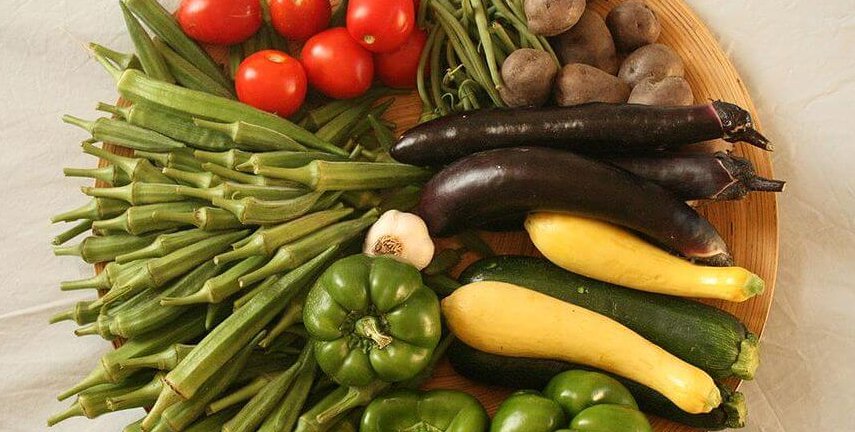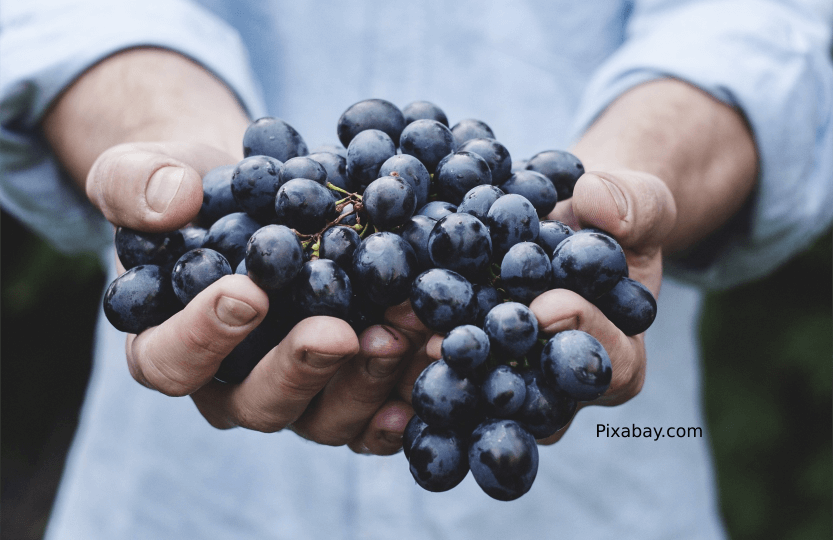Sinai Peninsula, known for its rich coral reef, Mount Sinai, and the deadly October war, is a bridge between Asia and Africa. It is situated between Mediterranean Sea in the north and Red sea in the south. In the southern tip of this beautiful peninsula lies the city of Sharm El Sheikh where The UN Biodiversity Conference was held from 13 – 29 November 2018. In this article, I would like to share my insights from an event on ‘Agroecology’ which is an important topic on the post 2020 agenda.
“Agroecology is a key tool in the transition to sustainable food.”
FAO

“The future of agriculture is not input-intensive but knowledge-intensive. We need the integrated approach that agroecology can offer.”
José Graziano da Silva, FAO Director-General
On November 25th, 2018, Agriculture Day was celebrated at the United Nation Conference on Biodiversity COP-14 in Sharm El Sheikh. Under theme of Agriculture Day various sessions were organized and one such session was about ‘Agro-ecological approaches and biodiversity-friendly practices to increase productivity ‘. The session was moderated by Emile Frison from IPES-Food and included panelists from Government of France and Bolivia, Friends of the Earth International, Southeast Asia Regional Initiatives for Community Empowerment (SEARICE) and Forest Peoples Program (FPP). The session began with panel members presenting initiatives taken by their respective governments and organizations. Mr. Jean Lanotte, from the Government of France (Ministère de l’agriculture et de l’alimentation) highlighted his government’s agroecology policy which aims at reducing use of pesticides, promoting agroforestry and organic agriculture, conducting training of farmers and building an Agriculture Observatory of Biodiversity. Georgina Catacora-Vargas from Government of Bolivia said her country has regulatory framework on agroecology since 2006 and current focus is on education and the inclusion of the tourism sector for the adaptation of the agroecology law. Other panel members mainly from civil society organisations emphasized on connecting agriculture to local culture and moving political systems from large agricultural systems and investing more in agroecology.

“Agroecology offers a unique approach to meeting the needs of future generations while ensuring no one is left behind.”
FAO
From the presentations, reports and facts presented during this session, I learned that agroecological approaches are bottom-up and territorial processes, that can deliver contextualized solutions to local problems. Agroecological systems works on maximizing synergies between different components (soil, water, plants, animals, livestock’s, trees, human resource) of agriculture for achieving greater resource use efficiency and resilience. The knowledge of agroecology can transform food and agricultural systems, addressing the root causes of problems in an integrated way and providing holistic and long-term solutions. For instance, the farmers in Netherlands have developed a mechanism of exchanging their live stock produce for green manure. The grass/clover mixture is sheared several times a year by a local organic livestock farmer in exchange for the manure. Moreover, these farmers do not use pesticides, ploughing is done with a special eco-plough and weed management is done by use of machinery only in the early stages of crop growth. The growing innovations in agroecology are useful in conservation of above and below ground biodiversity. Agriculture is clearly a crucial sector to achieve the sustainable use and the conservation of biological diversity and agroecological approaches are therefore critical in implementation of post 2020 framework.
References:
- Dalgaard, Tommy, and Nicholas Hutchings, John Porter. “Agroecology, Scaling and Interdisciplinarity.” Agriculture Ecosystems and Environment 100(2003): 39-51.
- Rio Convention Bulletin 26 November 2018 Vol. 200 No. 47
- FAO’s work on Agroecology A pathway to achieve SDGs
- FAO. Agroecology Knowledge Hub. Available at: http://www.fao.org/agroecology/en/










excellent and well done thanks